Filipino food's purple revolution is underway, conquering cafes, doughnuts and chicken burgers
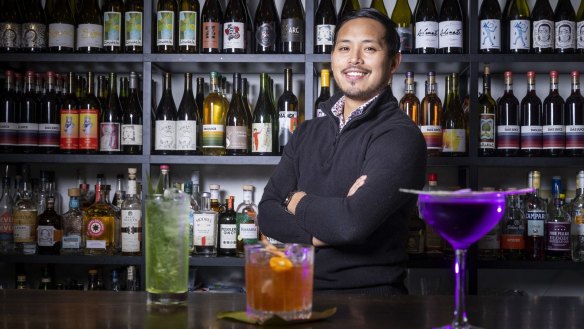
If you're seeing more purple ice-cream, cakes or bubble tea around, you're witnessing the telltale sign that a Filipino food revolution, led by the purple yam known as ube, is underway.
"Ube-flavoured desserts have become the poster child of Filipino food," says Anna Manlulo, who founded Filipino Food Movement Australia in 2018.
A generation of young Filipino entrepreneurs, fluent in both Australian food culture and the flavours of their heritage, are bringing the two together in a refreshing collision of flavours and ideas. Melbourne's Chibog and Sydney's Descanso are just two of the venues are proudly putting Filipino food front and centre.
"I'm using doughnuts to educate people about the other flavours that are out there," says Miko Aspiras of Don't Doughnuts in Sydney.
His shop, which opened in Darlinghurst in 2021, sells a doughnut filled with burnt Basque cheesecake, a specialty of San Sebastian in Spain. He decided to make an ube version, using the purple yam that brings sweetness and creaminess to many Filipino desserts.
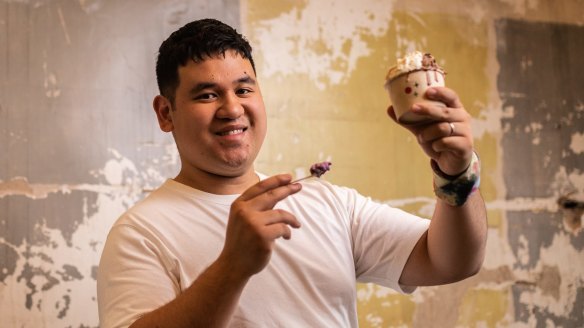
It's a vibrant treat that sums up the Philippines and its Spanish colonial past in a few bites.
Melbourne's Kariton Sorbetes, founded by pastry chefs John Rivera and Minh Duong, honours the Philippines' ice-cream traditions and Melbourne's artisan gelato scene. Queues regularly form at its Footscray store for leche flan gelato, based on a condensed-milk dessert, or cheese and cracker scoops that reflect the country's love for salty-sweet things.
Until recently, a lack of Filipino restaurants in Australia has meant the cuisine has largely been a mystery to those outside the community. That's despite Filipinos being the fifth-largest group of residents born overseas: nearly 300,000 people according to the latest census data.
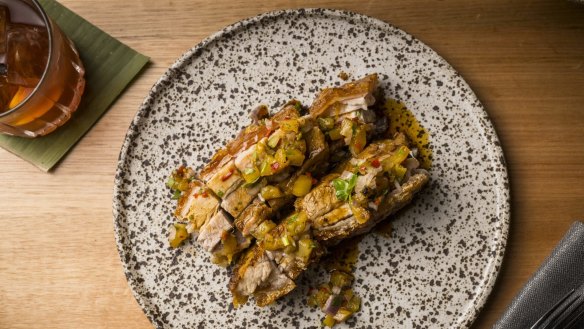
"For me, personally, growing up it was food that was normal to eat at home. It wasn't something you go out to eat,"says Rio Ramintas Withall, who's built a community online via Instagram account Kamay Filipinx Eats and is writing a Filipino cookbook.
Manlulo agrees. "Just in 2016, you could count with your fingers how many [Filipino] restaurants were in Sydney."
Finally, that's beginning to change. "Younger Filipino-Australians are going back to their roots and craving the flavours of their childhood," Manlulo says. "They're either going into business or supporting the businesses that are growing."
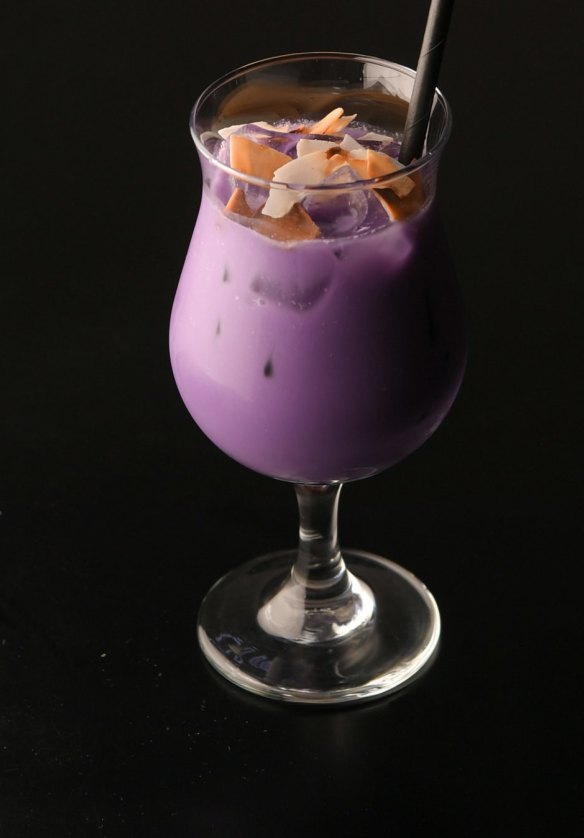
A similar trend is playing out in the US, also home to a significant diaspora of Filipinos, where degustations, sandwiches and vegan dishes are a platform for Filipino flavours.
Large communities of second, third and fourth-generation Australian-Filipinos offer a ready-made audience for new venues.
"I think it's nice to eat out and eat something that's familiar, but also entirely different," Ramintas Withall says. "Being kind of catered to … creates this entirely different experience around our food."
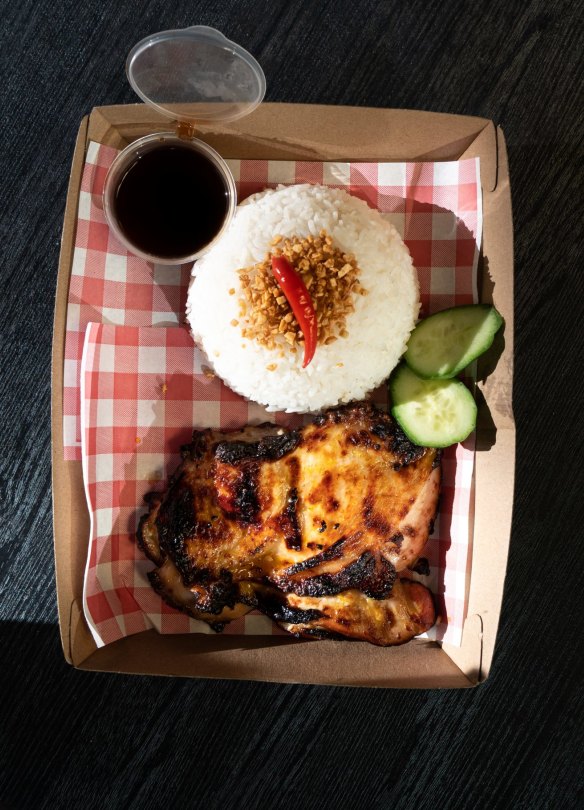
Manlulo believes lockdown helped to accelerate new business ideas from Filipino chefs, too. That's how chef Rivera started Kariton Sorbetes, needing a creative project when his fine-dining work slowed during COVID.
Many of these new businesses are being noticed beyond the community, too.
The chargrilled chicken ("inasal") of Inasoul Filipino Chicken in Chatswood is something of a gateway for those curious about the cuisine.
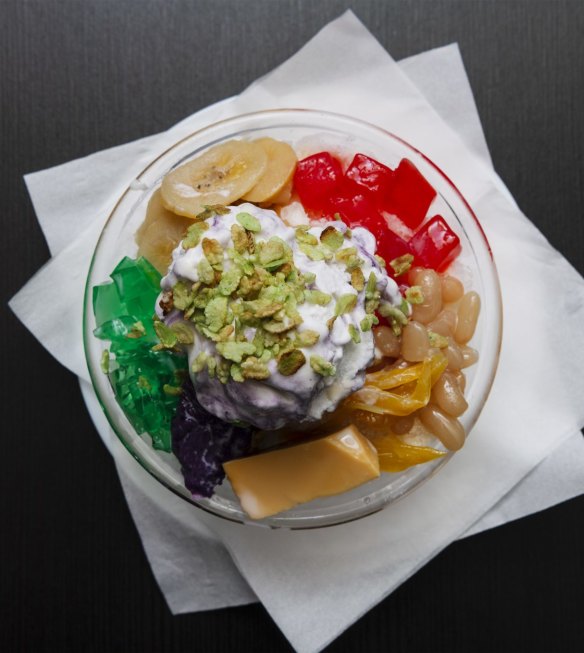
"I enjoy the fact that most people haven't tried Filipino food but they've tried us. I feel like I've done my part in getting Filipino food out there," says co-owner Gee Bautista.
She and husband Peter Tran started the business after Tran asked why there was no Filipino food around. "Basically the only thing he knew was my mum's cooking," Bautista says.
Their aromatic chicken comes with either rice (the more traditional option) or as a burger on Filipino bread known as pan de sal. It's a chicken shop staple that they've made their own.
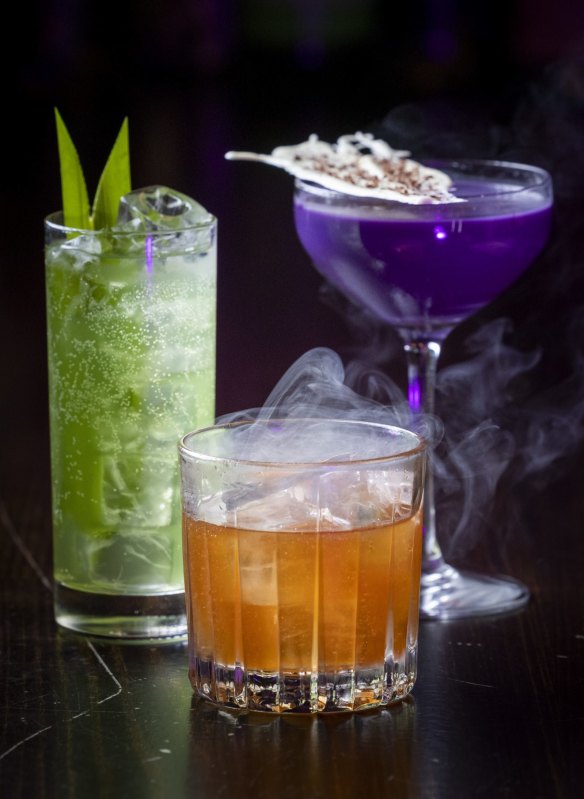
At Melbourne restaurant Serai, open since May, cornerstone dishes are cooked over wood-fire and given a high-end slant, paired with natural wine. It's earned the restaurant a Good Food Guide hat.
Chef Ross Magnaye believes his lechon (crisp-skin pork cooked on a spit), made with Western Plains pork, encapsulates what Serai is about.
"It represents a beautiful Australian product paired with traditional Filipino flavours and techniques," he says, adding that pork is a favourite among Filipinos. He adds rum jus and pineapple palapa, a type of condiment.
Even Serai's cocktails are a celebration of back home, particularly the violet-coloured Ube-Wan Kenobi. Bartender Ralph Libo-on uses calamansi syrups, San Miguel (the national beer) and bitters made with single-origin Filipino coffee to put his own spin on drinks like the Old Fashioned.
He also sources small-batch rums from the Philippines, including Don Papa, made in the region his family is from. The country is one of the world's largest producers of both sugar cane and rum. Serving its rum is a source of pride for Libo-on.
"When I started bartending I had all these flavours at the back of my brain," he says. "When I learned the classics of bartending, I could incorporate these."
That most Aussie of eateries, the cafe, is also feeling the Filipino effect.
Migrant Coffee in Melbourne's west riffs on bagels to reflect the Filipino, Thai and Maori heritage of its owners Melo Malazarte and Stacey Earsman. Haloumi is marinated in calamansi juice while a Reuben-esque pastrami sandwich is lifted by atsara, a shredded Filipino pickle.
"We wanted … to show that we could intertwine our culture with the daily coffee life of Melbourne," says Earsman. "That word – migrant – has been used negatively in the past, so people embracing it has been the best part about it."
In Melbourne CBD, Basement Cafe balances a menu of avocado toast and eggs alongside a raft of Filipino dishes, including silog: garlic rice with fried egg, pickles and some form of protein, such as longanisa sausage.
Owner Elbert Estampador started offering Filipino dishes late in 2020 after noticing how many Filipinos lived in the city. "They all came, they all supported the business, even though it was just one or two Filipino things we were doing."
Now, the community eagerly awaits the cafe's social media posts listing that day's special dishes by chef Christopher Chantioco. Often they'll request personal favourites, too.
In Sydney, English chef Alex Lynn is amazed by the enthusiasm his Filipino customers show for items such as cassava cake or pies filled with kare-kare, a beef stew. They'll send him suggestions and even criticism if he strays too far from tradition.
His Instagram-only business Blood's Bakery explores many cuisines via baked goods, but Lynn's interest in Filipino cuisine has turned into an obsession.
"I really think Filipino cuisine is criminally underrated," he says, adding that its complexity and many cultural influences are particularly exciting.
Manlulo of Filipino Food Movement is delighted to see non-Filipino chefs starting to showcase the ingredients of her country.
"The more people who are into it, the more they'll realise that Filipino food is exciting. It's not just [another] one of the Asian cuisines around," she says.
A history of Spanish and American colonisation, proximity to Malaysia and China and trade with Mexico contribute to the country's unique food culture.
Ramintas Withall feels that the current merging of contemporary western influences with traditional dishes is just another way Filipino food has adapted. "We were colonised three times. [Our food] always adapted and shifted based on what resources were available."
Ramintas Withall points out that non-Filipino food businesses drawing from culture should give back to the community in other ways.
But overall, each person interviewed by Good Food felt that westerners have more curiosity than ever about Filipino cuisine. Many noticed a shift in palates towards more sour flavours, a hallmark of Filipino dishes.
"Even though I don't think we're there yet, I think it's happening," says Manlulo of the growth in Filipino venues.
At Sydney's Don't Doughnuts, Miko Aspiras says: "Filipinos are becoming proud of Filipino food. I think that's the key."
Your Filipino flavour cheat-sheet
Ube
This purple yam, characterised by a skin that's nearly brown and purple flesh, is particularly popular in desserts. It's so common it's sometimes referred to as the vanilla of the Philippines. Find it in ice-cream, as a cream filling in sweet buns or in halo-halo, the multicoloured and multi-textured dessert that's fun in a glass.
Adobo
Considered by many as the national dish of the Philippines, adobo involves marinating or braising meat (often pork or chicken) in vinegar, soy sauce, garlic, bay leaves, and black pepper. Some versions are dry, some come with coconut milk - with 7,000 islands, there are many recipes across the Philippines.
Silog
A catchall term for a popular breakfast dish of garlic fried rice, fried eggs, protein and atsara (pickled papaya). The name of the dish changes according to the protein: tapsilog is dried beef, longsilog is pork sausage, tosilog is tocino (cured pork) and spamsilog is self-explanatory.
Kare-kare
An oxtail stew with a rich gravy of peanuts, often served with bagoong, a fermented shrimp paste, on the side. Annatto seeds, a spice originating in Central and South America, bring an earthy, peppery note. Vegetables and sometimes tripe is added to kare-kare.
Kinilaw
If you're familiar with ceviche, you're familiar with kinilaw. Raw fish is cured with a mix of vinegar and calamansi, a citrus fruit with a flavour between lime and mandarin). Salt and chilli are also added.
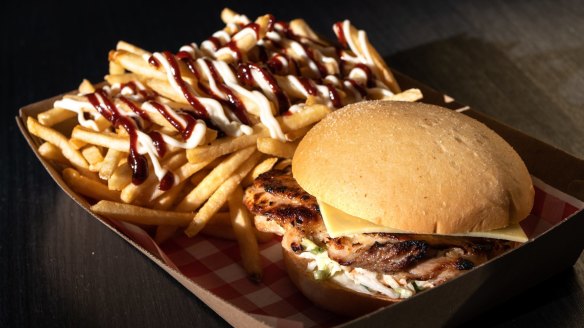
Where to try Filipino food in Sydney
- Don't Doughnuts, 324 Victoria Street, Darlinghurst, 0451 542 703, dontdoughnuts.com.au
- Inasoul Chicken, Shop 3, 370 Victoria Avenue, Chatswood, 02 9411 1427, inasoul.com.au
- Mate Burger, locations in Bella Vista and Mount Druitt, mateburger.com.au
- Mama Lor Restaurant and Bakery, Shop 5, 39-45 Rooty Hill Road North, Rooty Hill, 02 8809 7778, mamalor.com
- Sydney Cebu Lechon, Shop 4, 80-80A Enmore Road, Newtown, 0481 205 589, sydneycebulechon.com.au
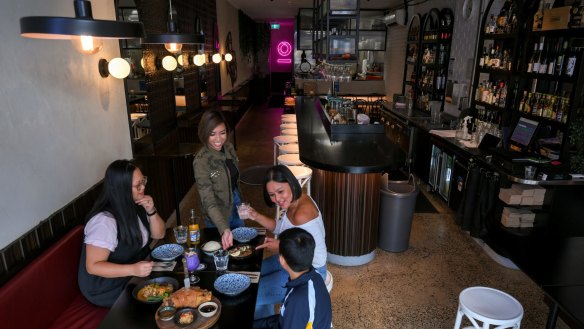
Where to try Filipino food in Melbourne
- Basement Cafe, 43/350 La Trobe Street, Melbourne, 03 9329 8000, thebasementcafe.com.au
- Chibog, 553 Barkly Street, West Footscray, 03 9078 4472, chibog.com.au
- Mama Lor, 187 Watton Street, Werribee, 03 9731 0678, mamalor.com
- Migrant Coffee, 3/576 Barkly Street, West Footscray, 03 7012 8809, migrantcoffee.com
- Serai, 7 Racing Club Lane, Melbourne, no phone, seraikitchen.com.au
Restaurant reviews, news and the hottest openings served to your inbox.
Sign up- More:
- Restaurant news
